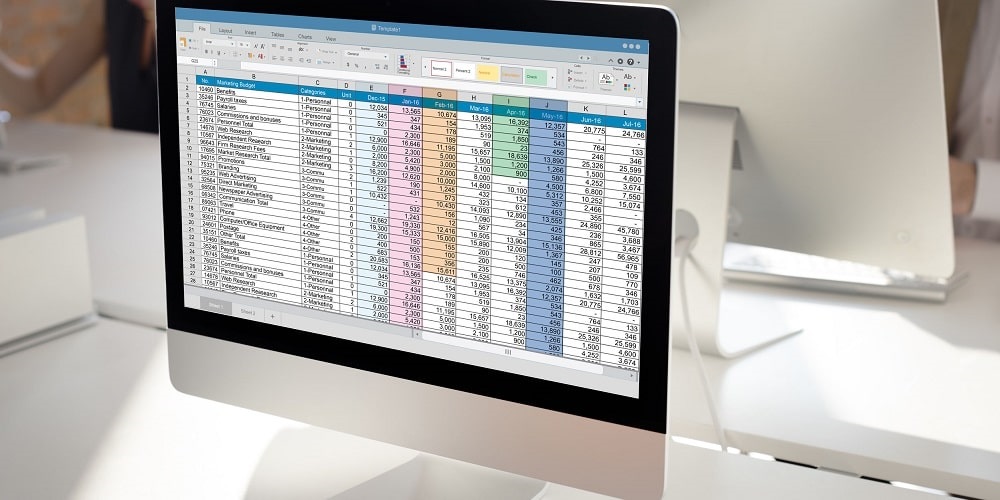Category: Pareto

Using Paynter Charts to Explore Process Performance
Published:Get a quick primer on Paynter charts, a graphical method for comparing data regarding sub-groups. We look at how Paynter charts compare to KPI data and Pareto charts as well as the benefits of creating and reviewing Paynter charts.
Read more »
Streamlining Six Sigma Projects with the 7 QC Tools
Published:The seven basic tools in my home tool chest are a hammer, screwdriver, wrench, saw, drill, pliers, and duct tape. What basic QC tools do you have in your continuous improvement tool chest? Let’s check it out.
Read more »
How the Six Sigma Quality Improvement Process Practically Eliminated False Fire Alarms at US West
Published:In the early 1990s, US West was an organization that was leading the charge in telecommunications. At the time, their buildings were being plagued by disruptive false fire alarms. How it was dealt with is a great example of how to apply the Six Sigma quality improvement process, a method applicable to nearly any quality […]
Read more »
The 2.67 Million Dollar Mystery (And How 5 LSS Tactics Solved It)
Published:This major beverage manufacturer was spending millions of dollars per year to replace recyclable plastic shells to transport 2-liter bottles from the plant to their customers. Where did all the plastic shells go? Let’s find out. The process of retrieving delivered plastic shells from the customer should have been easy, but apparently it wasn’t. The […]
Read more »
Boosting Your Bottom Line: How Glenday Sieve Can Improve Your Processes
Updated:The Glenday Sieve approach can help companies improve business processes, boost profits and eliminate waste and underperformance.
Read more »
Use Pareto Tables to Manage Large Data Sets
Published:As helpful as a Pareto chart is, it isn’t practical when working with reams of data and hundreds of groupings. A Pareto table, on the other hand, can analyze large data sets and point you to improvement.
Read more »
Containment Best Practices: Ensuring Product Integrity
Updated:If you have a non-conforming or defective product coming off your production line, what do you do with it? Utilizing a strategy of containment might be the way to go. Let’s learn more about this. Containment of non-conforming products refers to the actions you take to prevent the distribution or use of products that do […]
Read more »
Reducing Misdirected Calls in Automated Payment Systems
Published:While working on a maintenance project for a large U.S. telecommunications firm, information technology company Infosys Technologies Ltd. discovered that an unacceptably high percentage of calls in the clients’ automated payment system were being routed to the call center agents. The team conducted a DMAIC project, outlined here, to reduce the number of misdirected calls. […]
Read more »
Call Center Quality: Satisfaction Over Quantity
Published:Until 2005, this was the case at NCCI Holdings Inc., a workers compensation insurance carrier, based in Boca Raton, Fla., USA. The call center at NCCI is a business-to-business operation that manages 400,000 phone calls and 70,000 email interactions every year with insurance carriers and insurance agents. To help improve call center quality, NCCI took […]
Read more »
Pareto Principle (80/20 Rule)
Published:Vilfredo Pareto was an economist who is credited with establishing what is now widely known as the Pareto Principle or 80/20 rule. When he discovered the principle, it established that 80 percent of the land in Italy was owned by 20 percent of the population. Later, he discovered that the pareto principle was valid in other parts […]
Read more »
Case Study: Using np Charts To Address On-Time Medication Delivery
Published:Hy Sedrate, director of quality for St. Recover in the Longrun Hospital, has been worried about his organization’s future, and more specifically about his own future. St. Recover has been acquired, through a series of complex arrangements, by Santa Cura Hospitals, a large regional organization made up of some two dozen hospitals and clinics. Sedrate […]
Read more »
The Purpose and Practicality of Pareto Charts
Updated:Purpose of a Pareto Chart A pareto chart is used to graphically summarize and display the relative importance of the differences between groups of data. Sample Pareto Chart Depiction How to Construct a Pareto Chart A pareto chart can be constructed by segmenting the range of the data into groups (also called segments, bins or categories). […]
Read more »
Step-by-Step Guide to Building Dynamic Pareto Charts
Published:While working in environments where costly statistical software is not easily accessible across the organization, an Excel-based Pareto chart is a practical alternative. Follow these straightforward steps to build a Pareto chart that can be updated with a click of a button.
Read more »
Are You Too Compliant? Reduce Waste with Lean Six Sigma
Published:Most public companies have gone through a period of frenzy ever since the enactment of the Sarbanes-Oxley Act (SOX) in 2002. Corporate leaders, faced with growing regulatory scrutiny and severe penalties, demanded that financial departments and outside auditors “get something in place, now!” People have been scrambling ever since to make sure their companies are […]
Read more »
Using Six Sigma for Assessing Employee Satisfaction
Published:Today’s competitive world has made every organization rethink its strategy for long-term survival. It is becoming quintessential to realize the importance of human potential in the long-term success of any organization. A satisfied employee can actually be the differentiating factor in the struggle to gain market share, to deliver customer delight, to innovate product and […]
Read more »
Check Imaging Improvements with Lean Six Sigma
Published:Moving information electronically offers tremendous opportunities for cost efficiencies and improved levels of customer satisfaction for the banking industry. But paperless processes also carry heightened risks for failure. A single process breakdown, when automated within a high-speed electronic world, can result in problems for hundreds of thousands of customers. One such process is check imaging – […]
Read more »